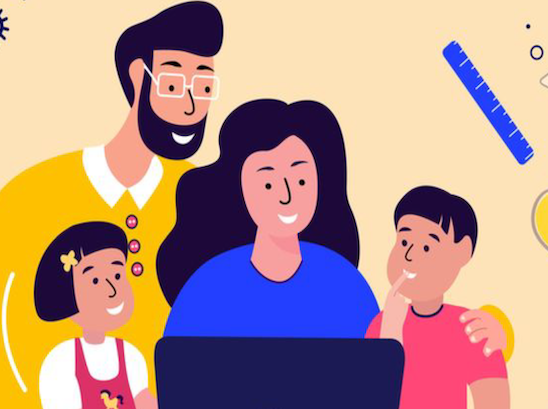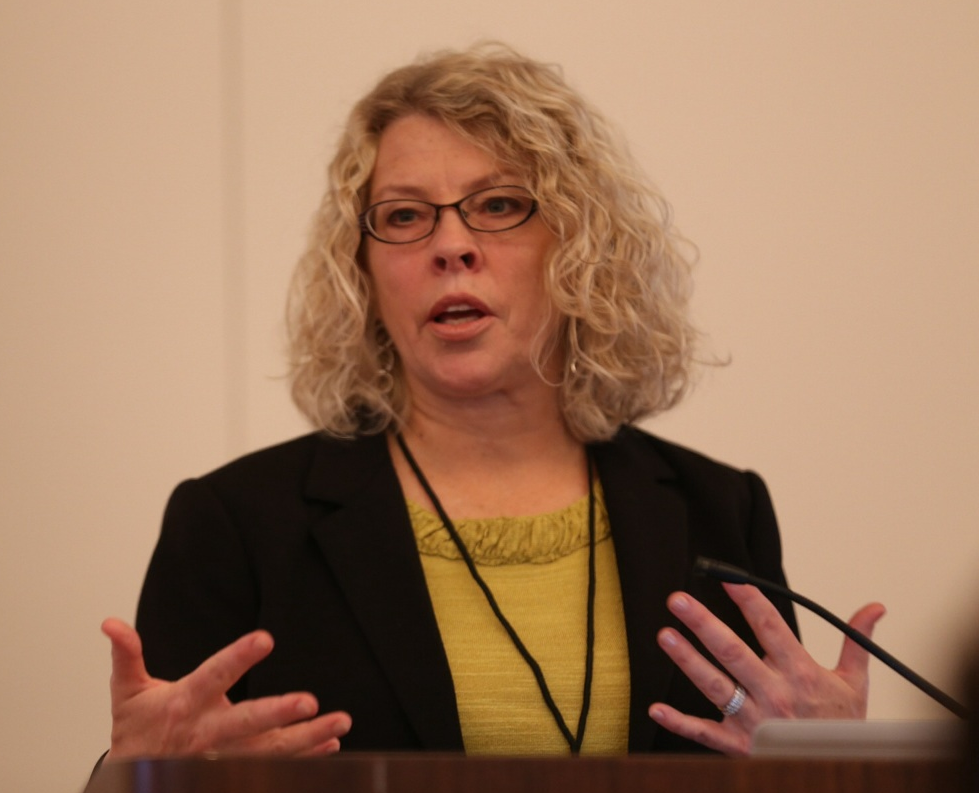 Millions of American children received tablets, mobile phones, game consoles, and other screen devices over the holidays, making our youngest citizens an important force in media and technology consumption. At the same time, educators, policymakers and journalists like Amanda Ripley and Tom Friedman are bemoaning the lack of achievement motivation among America’s children as we fall behind our international competitors in science and math. So while tech sales volumes were high over the holiday season, it seems we may have forgotten to ask a vital question: how much of the time kids spend on these devices is helping them prepare for their futures? Are the tablets and apps that parents are buying for them signaling a shift towards compelling educational content? Not yet, according to the people who should know best: their parents.
Millions of American children received tablets, mobile phones, game consoles, and other screen devices over the holidays, making our youngest citizens an important force in media and technology consumption. At the same time, educators, policymakers and journalists like Amanda Ripley and Tom Friedman are bemoaning the lack of achievement motivation among America’s children as we fall behind our international competitors in science and math. So while tech sales volumes were high over the holiday season, it seems we may have forgotten to ask a vital question: how much of the time kids spend on these devices is helping them prepare for their futures? Are the tablets and apps that parents are buying for them signaling a shift towards compelling educational content? Not yet, according to the people who should know best: their parents.
According to a national survey of more than 1500 parents of children age 2 to 10 released by the Joan Ganz Cooney Center at Sesame Workshop, we have found that although kids’ media use soars as they approach school age, the amount of time that they spend with educational media plummets. Key findings from the report Learning at Home: Families’ Educational Media Use in America, written by Vicky Rideout, include:
- More than half of parents (57%) believe their children have learned “a lot” from educational media, but that learning from mobile devices falls short compared to other platforms.
- While screen media use increases from 1 ½ to 2 ½ hours as children get older, there is an alarming drop from 78% to 27% in the proportion devoted to educational content.
- More than half (57%) of parents say their child has learned “a lot” about one or more subjects from educational media, including (28%) of parents who say their children have learned about math and even more (37%) who report that educational media have helped their children ” a lot” with reading. But, these numbers drop dramatically when it comes to learning about science (19%) or the arts (15%).
- There are significant ethnic and racial differences in how parents perceive the value of educational media, with African Americans (91%) most likely to say their children learned “a lot or some” about math from media compared to 79% of Whites and 63% of Hispanic-Latinos.
- The report also finds that parents say a smaller proportion of the time their children spend with mobile devices (36%) is educational as compared with TV (52%), and that their children have learned less from mobile than from TV.
What do these trends suggest? First, we must tap into the unfulfilled promise of the more than tens of thousands of apps marketed as educational for children. A recent report by the Cooney Center and New America found a disturbing disconnect between children’s needs in early learning and literacy and the current bestselling apps. Producers and educators need to do a better job of documenting the impact that the new media are having on learning, and create information campaigns to help aid in the often difficult discovery process. Two new important resources in this field are the Common Sense Media educational rating systems for parents and their new service for educators called Graphite. The new Google Play for Education site is also a noteworthy advance in identifying the “good stuff.”
Second, as the Learning at Home report suggests, we need to do a much better job of getting timely and accurate information to parents. Independent efforts to provide ratings and reviews about the educational value of various media titles should be supported and enhanced. Our survey indicates that more than half (55%) of parents say they would like more information from experts about how to find good TV shows, games, and websites to support their child’s learning. Lower-income, Hispanic-Latino, and less-educated parents are even more likely to express that need. Organizations such as Common Sense Media and the Children’s Technology Review provide much-needed ratings for parents, but there are clearly many others who need easy access to this information. We should support expansion of these services and ensure that even more parents become aware of how to use them. One challenge is to get good information about children’s media to low-income and minority families. Foundations and government leaders should encourage public-private partnerships between independent experts and parent groups to help guide discovery and distribution of evidence based products and models.
The report reminds us all that the most important group to reach are those who have a dearth of other educational opportunities in their lives–this is “where the use of informal educational media in the home can help fill the gaps and reduce achievement disparities.” But Rideout points out that it “is just these children–those who don’t have an abundance of developmentally appropriate toys and books in the home or whose environments may not be as verbally rich as other children’s–who are often lacking access to the newest media platforms.”
The clear implication is that in all of the excitement among venture capitalists, tech companies and digital media advocates to shift their focus toward developing content for mobile platforms, we also need to keep in mind that these platforms still don’t reach many of these children.
In the next few years, as access issues become less of an obstacle to adoption, let’s rethink the unique purpose and positioning of public media. Let’s first create as much engaging, educational content as possible for the platform that is omnipresent and free. Then let’s convert that high quality content into the best tools that schools, Head Start centers and other youth serving organizations can use for no or low cost. In a sense, Learning at Home should be a clarion call to take the public media system back to its roots–as a key ally with parents as children’s first teachers. Will producers of educational media respond wisely? Time, which is running in short supply for many traditional broadcasters, will tell.



